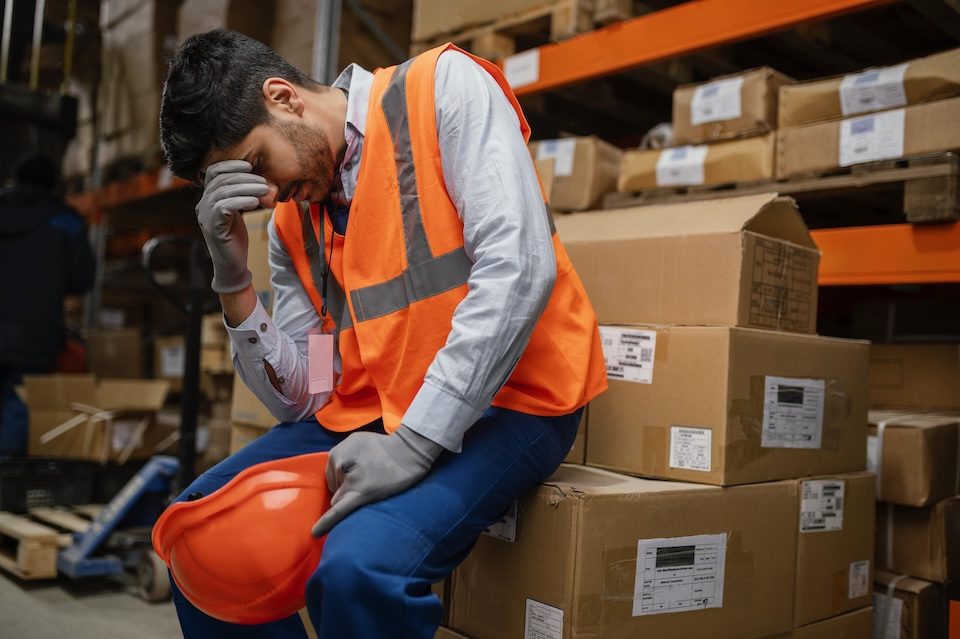In today’s fast-paced and increasingly complex work environments, health and safety (H&S) leadership plays a pivotal role in the success of an organisation. It’s no longer just about compliance with regulations; it’s about creating a culture that prioritises well-being, minimises risks, and ensures long-term sustainability. For health and safety professionals, especially those looking to influence both the Senior Management Team (SMT) and the broader workforce, mastering leadership and communication skills is essential.
This article will explore how H&S leaders can become key influencers within their organisation, gaining the trust and support of the SMT and the workforce alike.
Understanding the Role of Health and Safety Leaders
The primary responsibility of health and safety leaders is to create a work environment where employees feel safe, valued, and supported. However, this is not achieved through enforcement or simply monitoring compliance; it requires leading by example, building relationships, and influencing others—both up and down the organisational hierarchy.
1. Building Trust with the Senior Management Team (SMT)
The SMT is responsible for the strategic direction of the organisation. Gaining their trust and support is crucial for ensuring that health and safety initiatives are prioritised and embedded into the company’s long-term goals. Here are several ways health and safety leaders can influence the SMT:
- Align H&S with Business Objectives
To resonate with the SMT, it’s essential to demonstrate how health and safety contribute to broader business goals like profitability, operational efficiency, and reputation management. When H&S is seen as a key driver of success rather than a cost centre, it becomes easier to secure resources and buy-in. - Use Data-Driven Insights
Senior leaders are often driven by metrics, so presenting health and safety data in a clear, impactful way is important. Instead of simply reporting incidents, present trends, root causes, and predictive analytics that demonstrate proactive risk management. Show how these initiatives reduce operational downtime, increase productivity, or avoid financial penalties. Regular reports with actionable insights can help elevate health and safety to a strategic priority for the SMT. - Be a Solutions-Oriented Partner
The SMT needs to see health and safety professionals as problem solvers, not as gatekeepers of compliance. Propose solutions that not only meet safety standards but also improve workflow efficiency or employee satisfaction. Collaborate across departments and become part of decision-making processes by offering pragmatic and innovative suggestions that address the organisation’s pain points. - Communicate with Confidence and Clarity
To influence the SMT, H&S leaders must speak the language of business. Communication should be clear, concise, and aligned with organisational goals. Avoid jargon-heavy safety speak, and instead, frame discussions around risk management, cost-benefit analysis, and return on investment (ROI). By communicating how H&S initiatives can drive performance, leaders can secure high-level support.
2. Engaging the Workforce: Creating a Safety-First Culture
While the SMT sets the tone at the top, it’s the workforce that determines how effectively safety measures are implemented on the ground. Engaging employees and fostering a safety-first culture is where true leadership shines. Here’s how health and safety leaders can become influencers within the broader workforce:
- Lead by Example
Employees are more likely to follow safety procedures when they see their leaders practising what they preach. Health and safety professionals must consistently model the behaviours and attitudes they expect from others. Whether it’s wearing personal protective equipment (PPE) correctly or adhering to safety protocols during routine tasks, leaders need to set the standard for the rest of the workforce. - Foster Open Communication and Trust
A safety-first culture thrives in an environment where employees feel comfortable reporting hazards or concerns without fear of repercussions. Health and safety leaders should encourage open dialogue, conduct regular safety meetings, and promote a non-punitive approach to reporting incidents. This builds trust and helps prevent small issues from escalating into bigger problems. - Involve Employees in Decision-Making
Engaging the workforce means involving them in the development and implementation of health and safety initiatives. Employees on the ground often have valuable insights into potential hazards and practical solutions. Involving them in risk assessments, safety audits, or feedback sessions empowers them to take ownership of their safety and contributes to creating a more engaged, motivated workforce. - Recognize and Reward Safe Behavior
Recognizing employees for adhering to safety protocols or taking initiative in hazard identification can go a long way in reinforcing positive behaviours. Implement recognition programs or reward systems to celebrate safety champions within the workforce. This not only boosts morale but also encourages continuous commitment to maintaining a safe work environment. - Provide Continuous Education and Training
Ongoing education is critical to maintaining a high level of safety awareness. Training should go beyond the basics of compliance, focusing on the “why” behind safety measures. This helps employees understand the importance of their actions and the potential impact on their colleagues and the organisation as a whole. Regular refresher courses and engaging training formats can keep safety top-of-mind for the entire workforce.
Bridging the Gap: Influencing Both SMT and Workforce
The most successful health and safety leaders are those who can bridge the gap between the strategic vision of the SMT and the practical realities faced by the workforce. Achieving this requires clear communication, empathy, and an understanding of each group’s needs and motivations.
1. Translate Strategy into Action
Leaders must be adept at translating the high-level goals of the SMT into actionable steps that employees can follow. This requires breaking down complex safety policies into simple, understandable procedures that are easy to implement on a day-to-day basis.
2. Use Influence, Not Authority
Rather than relying on authority, health and safety leaders should focus on influencing others through education, relationship-building, and demonstrating the tangible benefits of a safety-first approach. This creates a more collaborative, rather than adversarial, relationship with both management and employees.
3. Be a Change Agent
Influencing safety culture often means driving organisational change. Change can be challenging, especially when it comes to long-standing practices and attitudes. Health and safety leaders must be patient and persistent, using data, storytelling, and real-world examples to advocate for change. Celebrate small wins along the way to maintain momentum and demonstrate progress.
Conclusion: Becoming a Trusted Health and Safety Influencer
Health and safety leadership is about much more than enforcing rules and regulations—it’s about inspiring others to prioritise safety in everything they do. By building trust, fostering open communication, and aligning safety initiatives with broader business goals, health and safety professionals can become influential figures within both the SMT and the workforce.
The key to success is understanding that leadership is about influence, not authority. When health and safety leaders are able to influence both senior management and employees, they not only enhance the safety culture but also contribute to the overall success and sustainability of the organisation.











